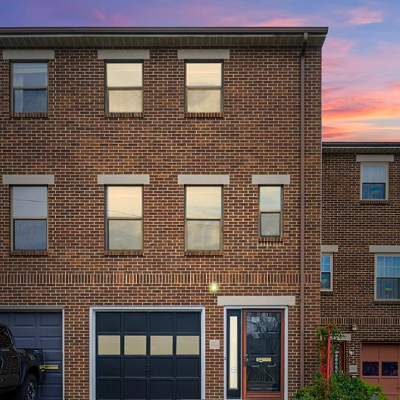What? No rail service in Pittsburgh? Doesn't the "T" count for anything?
Well, OK: It doesn't. At least, not unless you live in the South Hills, that land of milk, honey and regular trolley service.
The sad thing is that Pittsburgh did once have a highly sophisticated rail system: trolleys, interurban cars, commuter trains, the works.
By most reckonings, as late as the early 1960s, Pittsburgh had the largest trolley system in the country. Touring Pittsburgh by Trolley, a book by rail fan Harold Smith, counts some 41 lines under the control of the Pittsburgh Railway Company serving the entire city. And thanks to the city's diverse and hilly terrain, "Not only was the Pittsburgh Railways system the largest at that time, but also without a doubt, the most picturesque," Smith contends. At one time, the trolley system also offered "interurban" routes that connected Pittsburgh to places like Washington, Pa., and Greensburg, in case anyone wanted to go there.
And as a September 2001 Post-Gazette article by veteran transit reporter Joe Grata notes, the region once had a hundred commuter railroads in the 1920s and '30s. They served such exotic and far-flung locales as ... Beaver Falls and McKeesport.
OK, so it wasn't the Orient Express. But the Pennsylvania Railroad and other carriers did once link Pittsburgh to suburbs that you'd normally have to drive to nowadays. But as passenger rail traffic declined, so did the number of routes -- and vice versa. Grata writes that the Pennsylvania Railroad cut its last 19 commuter rail lines in 1964; most of the others had by that point already shut down.
At around the same time, the Port Authority was created to assume control of Allegheny County's mass transit system, whose competing bus and trolley lines were struggling under private ownership. The Port Authority was, in the somewhat disgruntled words of Harold Smith, "bus-minded to a fault." All but a handful of trolley lines serving the South Hills were discontinued over the next decade.
Port Authority Transit, as it was called in those days, did run one commuter-rail service until 1989. The line, called "PATrain" (get it? PAT ... train ... PATrain!), ran through the Mon Valley, connecting Pittsburgh to McKeesport, with trains leaving from Downtown's old Baltimore & Ohio railroad station, which has since been replaced with a PNC Bank operations center. Finally, though, PATrain was shut down too -- less than a decade after the authority spent $2 million to open a new train station in McKeesport. Sadly, no one needed much incentive to leave McKeesport during the 1980s, but once they'd gone, there weren't enough people left to support the train.
Why did rail service die here, and why hasn't it come back? Buses replaced trolleys because a bus, which isn't tied to a set of rails, offers more flexible routes. As for commuter rail lines, like a lot of places, Pittsburgh suburban development has been so far-flung that it would be a struggle for rail lines to serve it effectively. And unlike a lot of places, Pittsburgh doesn't have the highway congestion to make people give up their cars. You'd never know it by the grousing of those South Hills suburbanites on the Parkway, but Pittsburgh is one of the least congested cities in America. According to a 2001 study by the Texas Transportation Institute, Pittsburgh commuters spend an average of 14 hours a year stuck in traffic -- less than half of the 36-hour average in other American cities.
The dream of rail transit dies hard, though. For years there's been talk of creating a rail line to serve the Allegheny Valley: The route would use the tracks of the Allegheny Valley Railroad -- whose freight trains run mostly at night -- to carry passengers to the Strip from as far away as Westmoreland County during the day.
And some still contend that the rail lines didn't really die so much as they were murdered. Sometimes, if you're on, say, a 54C late at night and see a hunched-over figure muttering to himself, eavesdrop a bit: He just might have a fascinating story to tell about the end of rail service. (If you're on a 51A, that guy is probably me. I don't have any good stories, but I won't say no to a sandwich.) Some transit fans I've met darkly surmise that Gulf Oil and other automobile-minded enterprises wanted to kill the trolleys to make us more gasoline-dependent.
I don't buy it, myself. I mean, if such a conspiracy were real, all kinds of crazy things would be happening. The Port Authority would be contemplating fare increases while planning to extend the "T" a few hundred yards in a pointless expansion to the North Shore. The federal government would be cutting mass transit dollars while handing out tax exemptions to companies that buy SUVs for their employees to drive.
Hey, wait a minute ...










